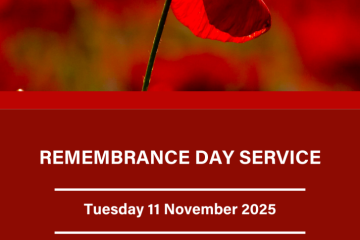Understanding Remembrance Day: A Time to Reflect and Honor
Introduction
Remembrance Day, observed annually on November 11th, holds significant importance in Canada as a day to honor the sacrifices made by members of the Armed Forces. This occasion not only recognizes those who fought and died in wars but also serves as a reminder of the cost of freedom and the ongoing need for peace. As Canada marks this important day, it is crucial for citizens to reflect on the history and legacy of the military personnel who served our country.
Observance of Remembrance Day
On November 11th, Canadians participate in various ceremonies to commemorate the day. The national ceremony takes place at the National War Memorial in Ottawa, where thousands gather to pay their respects. Traditionally, a moment of silence is observed at 11:00 AM, signifying the end of World War I hostilities in 1918. It is a poignant reminder of the devastating impact of war on individuals and families.
This year, communities across the country will also hold local events, such as memorial services, parades, and educational programs in schools. Veterans organizations, including the Royal Canadian Legion, play a vital role in organizing these activities while distributing poppies, which have become a symbol of remembrance since the publication of the poem “In Flanders Fields” during World War I.
Historical Context
Remembrance Day traces its roots to the conclusion of World War I, initially known as Armistice Day. The day was established to commemorate the end of the war and to honor those who served. Over the years, the observance expanded to include all military conflicts involving Canadian forces, including World War II, the Korean War, and more recent missions in Afghanistan and peacekeeping operations.
In 1931, the Canadian Parliament officially declared November 11th as Remembrance Day, and it has since remained a national holiday. The symbolism associated with this day is further enriched by the wearing of red poppies, inspired by the iconic poem, which describes the fields of Flanders, dotted with poppies among the graves of fallen soldiers.
Conclusion
As Remembrance Day approaches, Canadians are reminded of their duty to remember and honor those who have served. This year, as communities gather to pay their respects, it is a time to reflect not only on past sacrifices but also on the importance of securing peace for future generations. The significance of Remembrance Day transcends time, serving as a crucial reminder of the values of courage, loyalty, and the tragic costs of warfare. Participation in this annual observance helps ensure that the legacy of our heroes endures, and their stories continue to be told.









